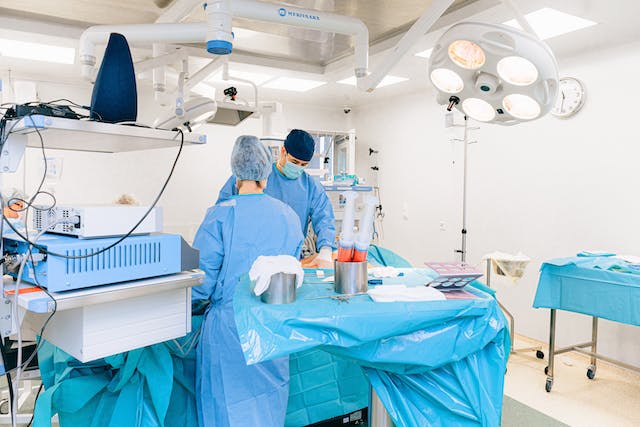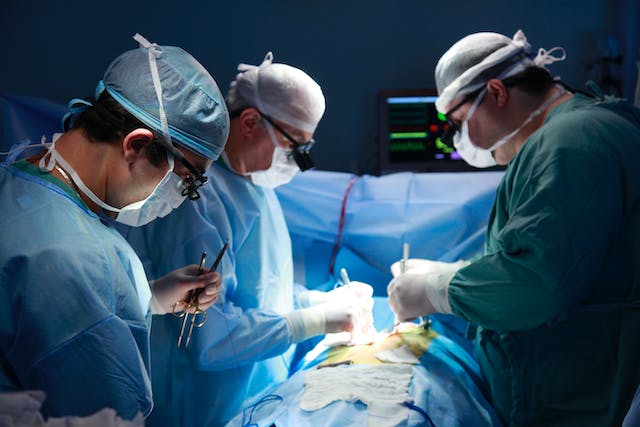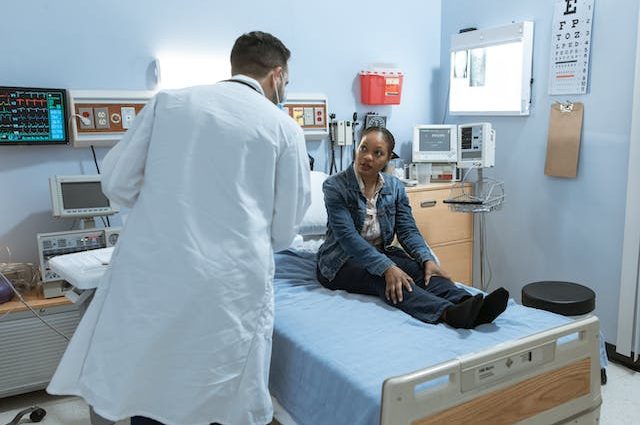In the relentless pursuit of advancements in medical technology, the realm of orthopaedic surgery has witnessed a paradigm shift with the introduction of robotic knee replacement. This innovative approach combines the precision of robotics with the expertise of orthopaedic surgeons, offering a transformative option for individuals grappling with knee conditions that warrant surgical intervention. This article delves into the intricate landscape of robotic knee replacement surgery, exploring the technology behind it, the surgical process, its benefits, and the potential it holds for revolutionizing the future of knee surgeries.
Robotic Knee Replacement Melbourne surgery represents a pinnacle of technological marvels in the field of orthopaedics. This cutting-edge approach integrates robotic systems with three-dimensional imaging, artificial intelligence, and real-time feedback mechanisms. The result is a surgical procedure that surpasses traditional methods in terms of precision, customization, and the ability to tailor interventions to the unique anatomy of each patient.

At the heart of robotic knee replacement surgery is the use of three-dimensional (3D) imaging technology for preoperative planning. Before the actual surgery takes place, orthopaedic surgeons utilize advanced imaging techniques to create a detailed, high-resolution 3D model of the patient’s knee joint. This model serves as a virtual roadmap, allowing surgeons to analyze the joint’s anatomy, identify areas of concern, and plan the surgical approach with unparalleled accuracy.
One of the key advantages of robotic knee replacement is the level of customization it offers. Each patient’s knee joint has unique characteristics, and robotic systems enable orthopaedic surgeons to create a personalized surgical plan based on the individual’s anatomy. This customization ensures that the artificial joint components align precisely with the patient’s natural joint structure, optimizing the fit and function of the prosthetic knee.
During the surgery, robotic systems employ real-time feedback mechanisms to enhance precision and accuracy. Sensors and cameras provide continuous data to the robotic system, allowing it to adjust and refine the surgeon’s movements in response to the patient’s specific anatomy. This dynamic interaction between the surgeon and the robotic system creates a surgical environment characterized by unparalleled precision and adaptability.

The integration of robotic systems into knee replacement surgery elevates the precision of the procedure to new heights. Robotic arms, guided by the surgeon’s input and the preoperative plan, execute precise incisions and bone preparations. This level of surgical precision contributes to the optimal placement of the artificial joint components, reducing the likelihood of postoperative complications and enhancing the overall success of the surgery.
Robotic knee replacement surgery often involves minimally invasive techniques, wherein smaller incisions are made compared to traditional open surgeries. The robotic system facilitates the use of these smaller incisions while ensuring the same level of accuracy. Minimally invasive approaches contribute to faster recovery times, reduced pain, and minimized scarring for patients undergoing robotic knee replacement.
Achieving optimal implant alignment is crucial for the long-term success of knee replacement surgery. Robotic systems excel in ensuring precise alignment of the artificial joint components, addressing issues that may lead to premature wear and tear. Improved implant alignment contributes to the longevity of the prosthetic knee, offering patients the prospect of enduring relief and functionality.

Comments are closed, but trackbacks and pingbacks are open.